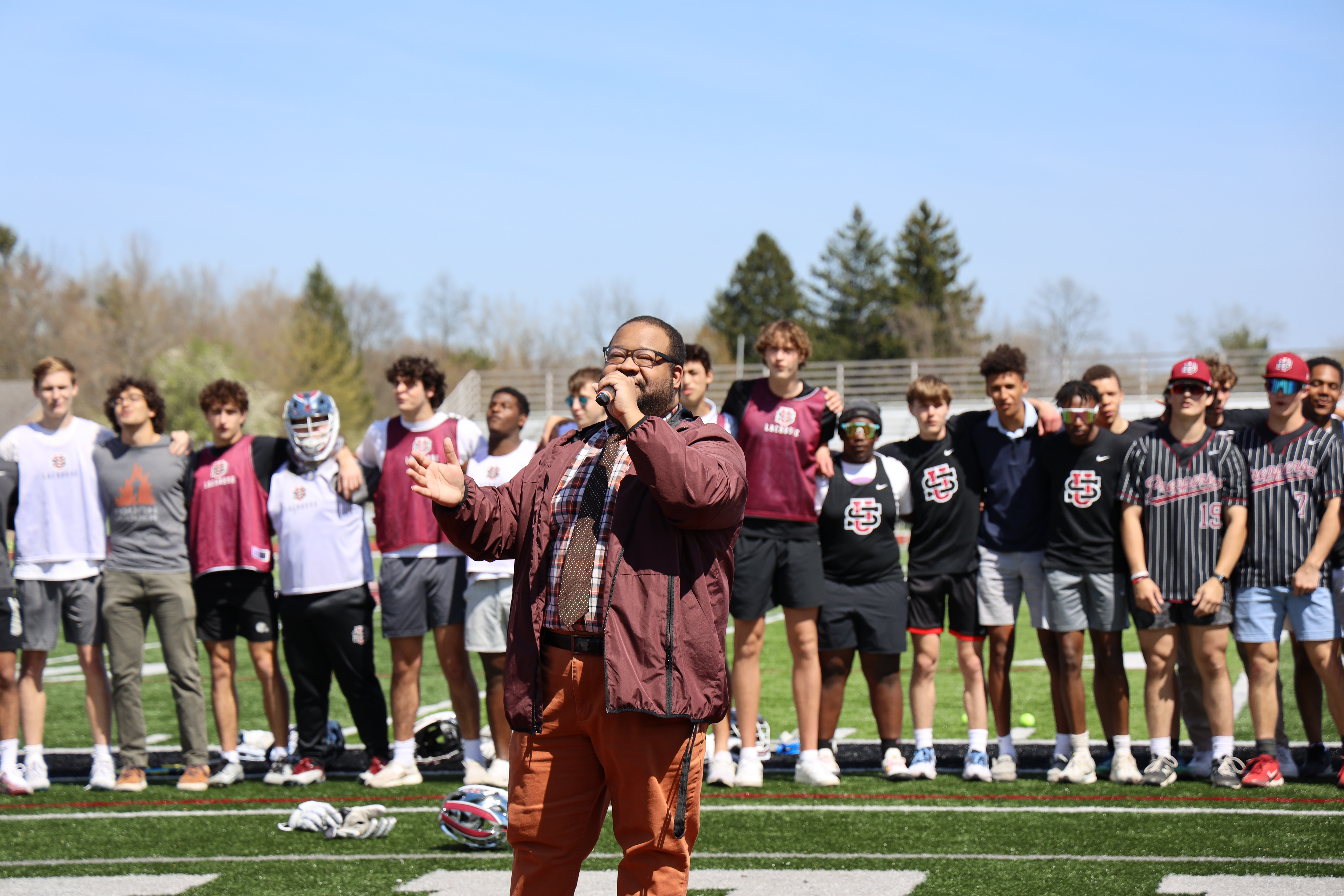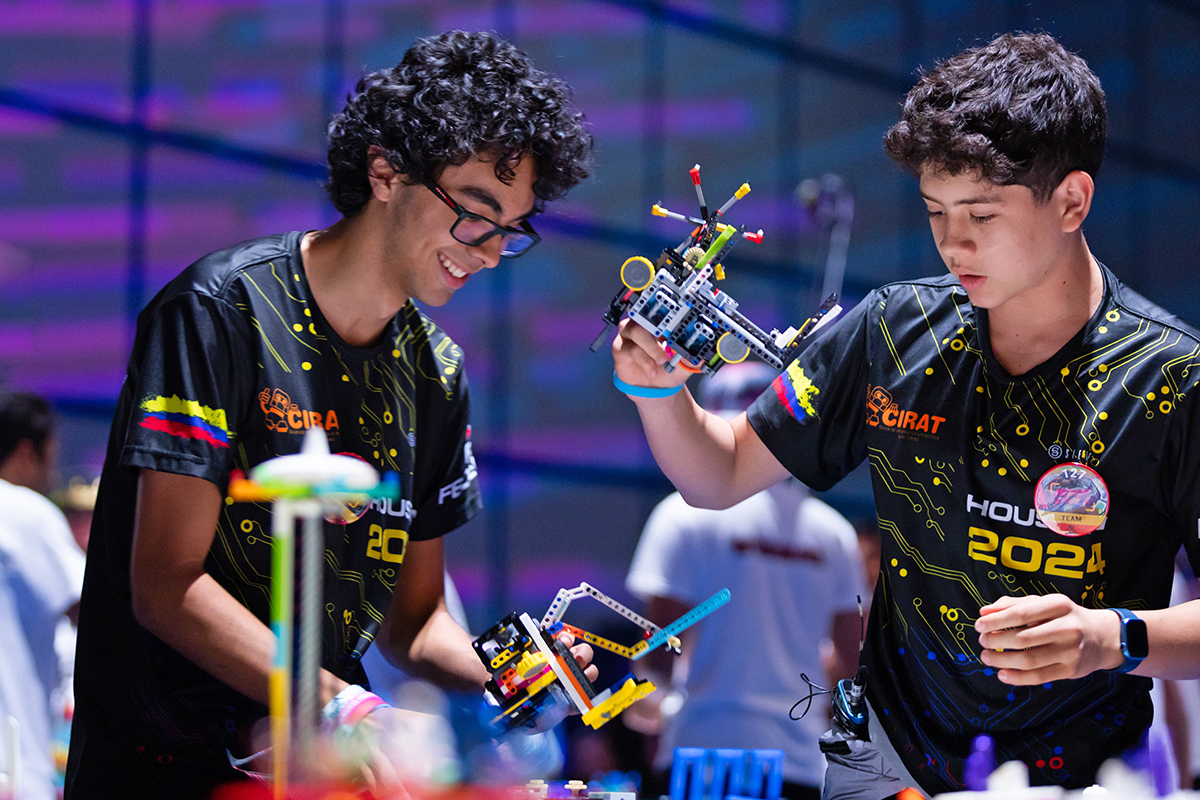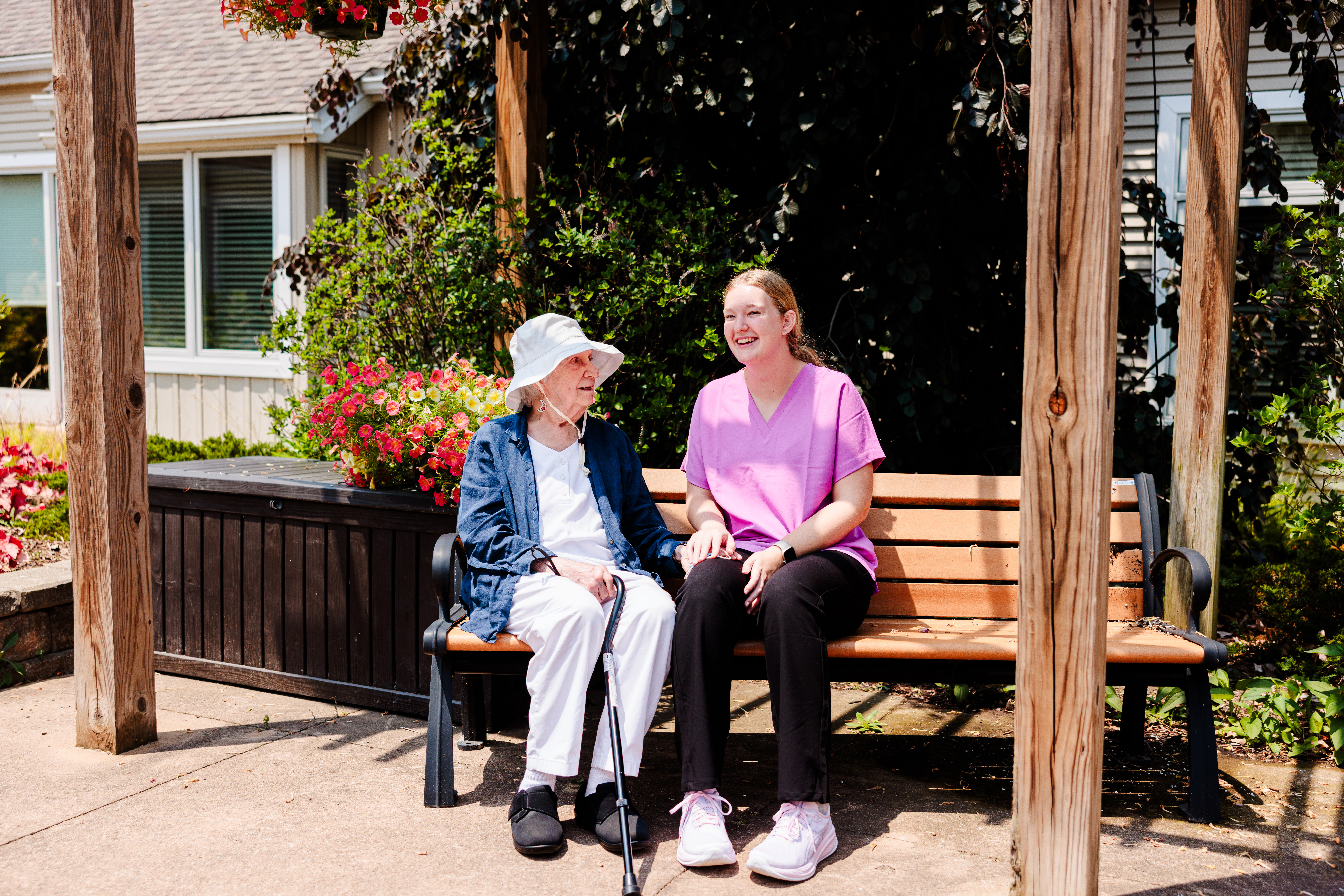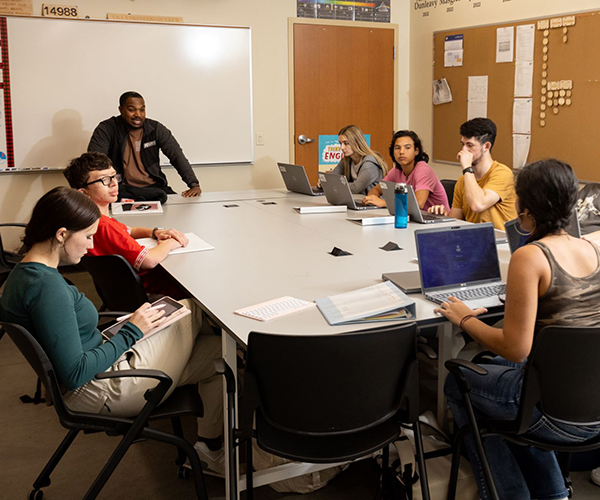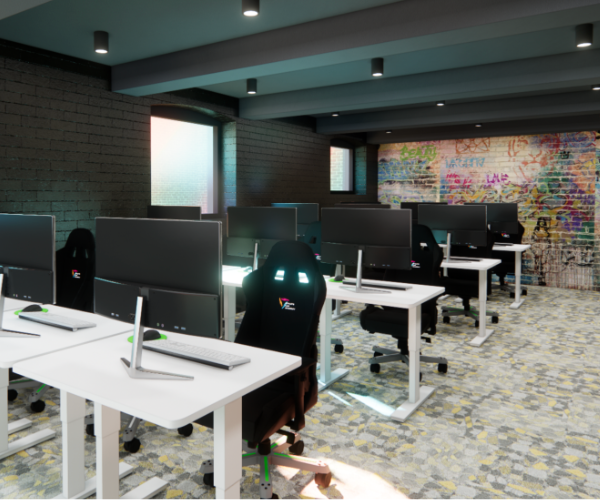Cleveland Universities Continue to Struggle with Online Learning
by Kristen Hampshire | Apr. 6, 2025 | 4:00 PM

Ron Jantz, Courtesy John Carroll University
Twice a week, senior Ei Mon Thura logs on to a Zoom-based, fully immersive plant genomics and proteomics course. Case Western Reserve University is running a three-year pilot project to figure out how and whether to leverage online learning at the undergraduate level, following the all-in pandemic approach and resulting hybrid options.
Thura attended high school in Hong Kong during the thick of the viral outbreak. Her international school’s students lived all over the globe, so login times for synchronous courses were “really strange,” she says. “Some classes would start at midnight and others at 7 a.m.,” she relates.
Labs were odd for Thura, a biology major.
By the time she landed on Case’s campus, some fall 2020 classes were in person, other classes were hybrid and even some of those labs were held digitally with the help of souped-up software.
Now, the question is, “How should we proceed in a thoughtful way and continue to experiment with online options,” says Peter Shulman, associate provost for curriculum.
Before COVID-19, Case had explored online courses with its undergraduate summer programs. Across Northeast Ohio universities, some graduate programs had already been successfully implemented online to accommodate experienced learners with jobs, kids and commutes.
With undergrad, Shulman says, “Our M.O. was to proceed cautiously.”
As with work, school and life in general, the pandemic jolted the world into online platforms. Today, Case and other post-secondary institutions are taking a practiced approach to navigating today what works online, what doesn’t and how to deliver the experiences students and families expect across campuses.
Expectations vary considerably
“At John Carroll, we are fully committed to in person learning for our undergraduate students,” says Bonnie Gunzenhauser, vice president for academic affairs.
“Mastering skills and bodies of knowledges is a core part, but so is learning how to interact socially, professionally, developing your network, finding you mentors and having curated opportunities to engage with the world of work,” she says.
RELATED: A.I. Makes its Way into Cleveland Classrooms
But pandemic online learning taught John Carroll lots of pedagogical lessons, and the university adapted its curriculum, which is all in-person for undergrads. “There was a move for students to acquire content knowledge on their own and use time together in class to practice and interact with professors to move more toward mastery,” Gunzenhauser says.
“We realized something we already knew — people learn in different ways,” She adds, “and having a chance to see this play out during the pandemic sparked new approaches and modes of engagement inside and outside the class.”
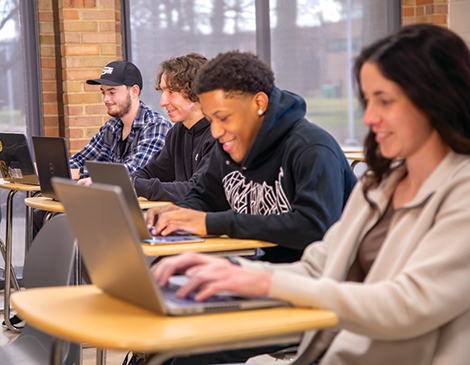
(Ron Jantz, Lorain County Community College)
‘It’s a different experience online’
“You have to work a little harder to be engaged online,” says Karen Miller, provost for Cuyahoga Community College.
Tri-C built tools to virtually connect students to support service and spark conversations among students.
“We offer clubs and organizations that meet online as an option, and we offer tutoring and writing services on ground and online,” Miller adds. “Almost everything we do has an online component or way to access it that way.”
Tri-C also prepared students to become online learners with software to acclimate them to virtual classrooms.
The tools work. But online connectivity isn’t quite the same as an in-person experience, Miller says.
“Retention data across the country shows students who are meeting with other students and faculty on ground, at least for some of their coursework, are more engaged and retained at a slightly higher rate,” Miller says, noting that Tri-C is making a concerted effort to bolster on-ground options.
But students lean toward online learning.
RELATED: Cleveland Classrooms Decipher Digital Literacy and Ethics“Students vote with their feet and those online classes fill up first,” she says. “We monitor enrollment up until the week before classes start, and we adjust and add sections where we need to meet demand.”
Denise Douglas is provost at Lorain County Community College, and she traces flexible learning to the days when it was called distance learning. Just before the pandemic, 34% of the student body chose online coursework, and this population spans ages and stages from high school College Credit Plus to octogenarians taking classes.
After pandemic requirements subsided, 60% still chose online and now 48.7% of students enroll in synchronous (real-time) or asynchronous (recorded) courses.
“Options are key for our students,” Douglas says. “Over 70% of students work more than 20 hours per week, and taking courses through online formats becomes critical.”
There are all kinds of terms to describe online options. At LCCC, high-flex means “all the options.” For a single course, students can select from synchronous, asynchronous or in-person. And they can adjust the modality by the week if need be, choosing to be in-person when possible and online when life demands it.
“With our flexible options, persistence rates have increased,” Douglas reports.
‘There is not a typical online student’
Moving online for undergrad shed light on how some students thrive in the modality so professors could consider how to create additional tools for engagement, says Gunzenhauser. “The flipped classroom puts the onus on students and faculty members to build in check-ins, and now there is more infrastructure for technology,’ she says.
Miller says of Tri-C, “There are students who are always first to raise their hands in a group discussion, and the more reticent students who have a lot to say and online can provide an opportunity.”
Thura at Case says the biology class with just 15 students online, breakout sessions and online presentations suits her. “But if the class were larger than that, it would be difficult for the professor to fully engage everyone,” she says.
She’d consider an online course with two dozen others, but lecture hall-sized classes would not be comfortable.
Case determined dual delivery “did not work well,” Shulman says of a professor offering an online and in-person option simultaneously. Following the pilot program in 2023-24, after collecting data such as quantifiable measures and professor-student experience, the university will determine what’s next for online options.
For reasons ranging from balancing work to focusing on the screen to self-discipline, online and in-person learning are highly personal decisions. And what works for students can depend on the type of post-secondary institution, online delivery method — “A regular class on Zoom is not necessarily a quality online class,” says Shulman — and the course content.
Douglas says, “Not all are going to learn best online and sometimes it’s the topic and sometimes it’s simply not easier to be online. We have plenty of students who say, ‘I’m OK with taking this course online but not that one,’ and the good news is, they have options.”
For more updates about Cleveland, sign up for our Cleveland Magazine Daily newsletter, delivered to your inbox six times a week.
Cleveland Magazine is also available in print, publishing 12 times a year with immersive features, helpful guides and beautiful photography and design.
Trending
-
1
-
2
-
3
-
4
-
5

